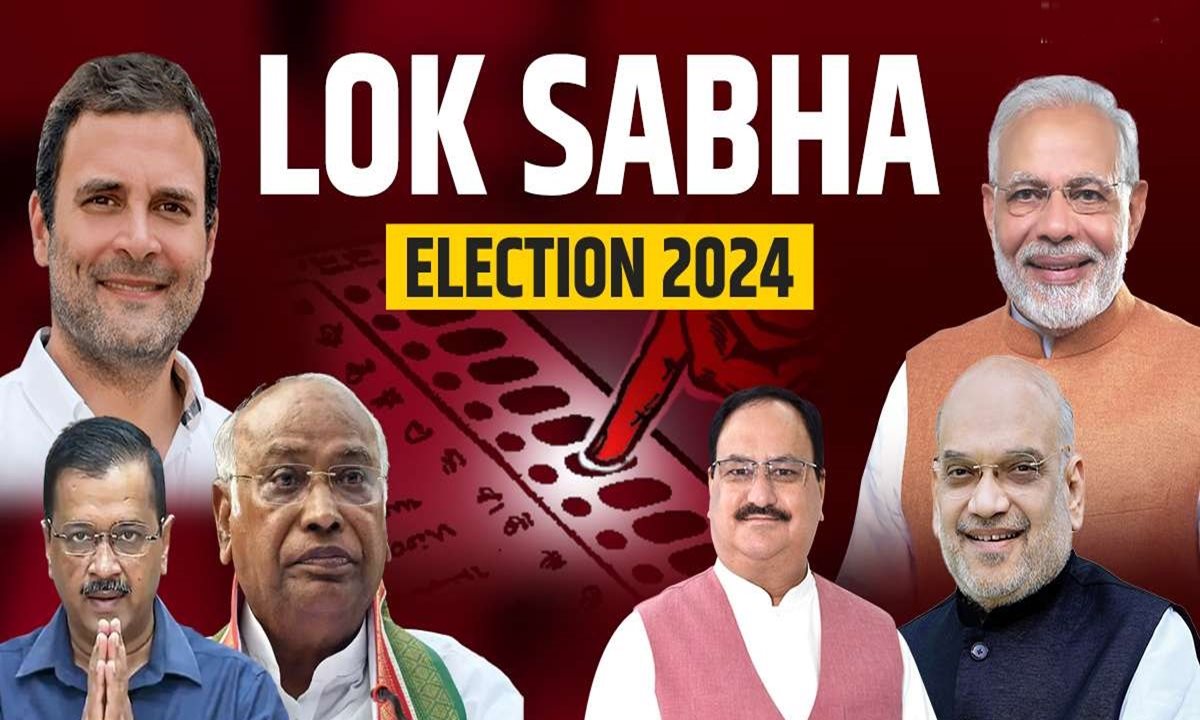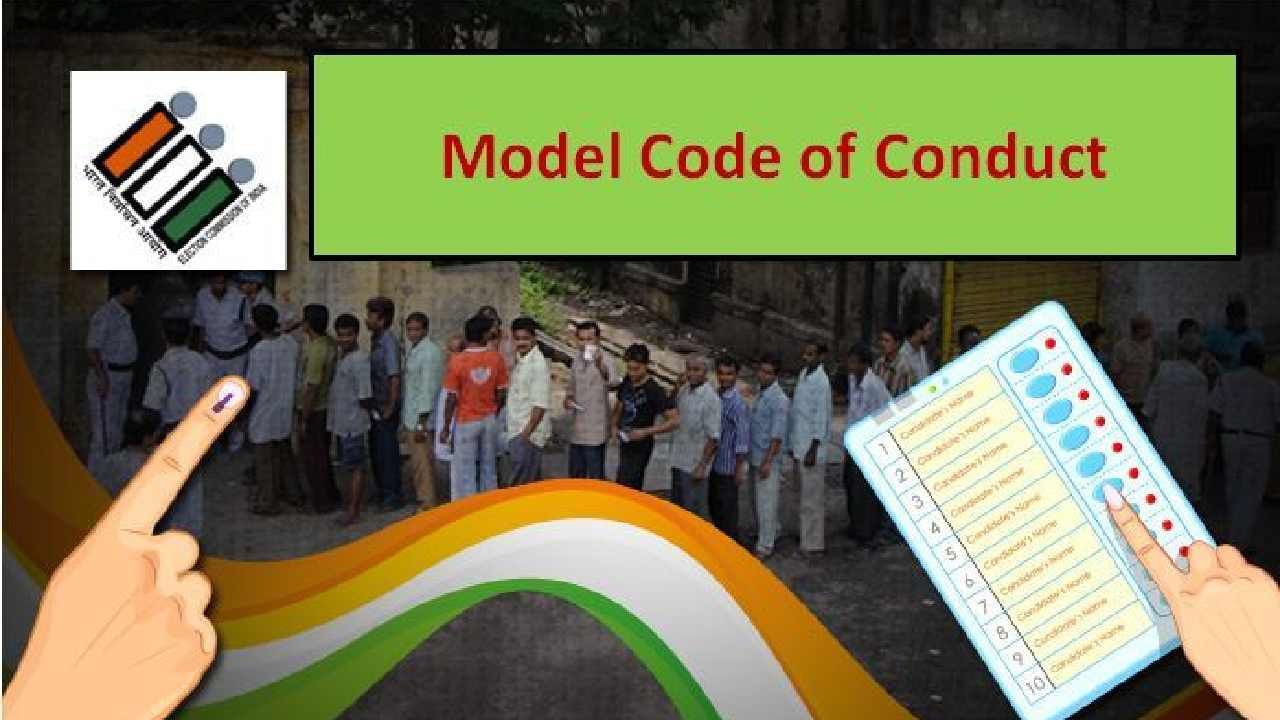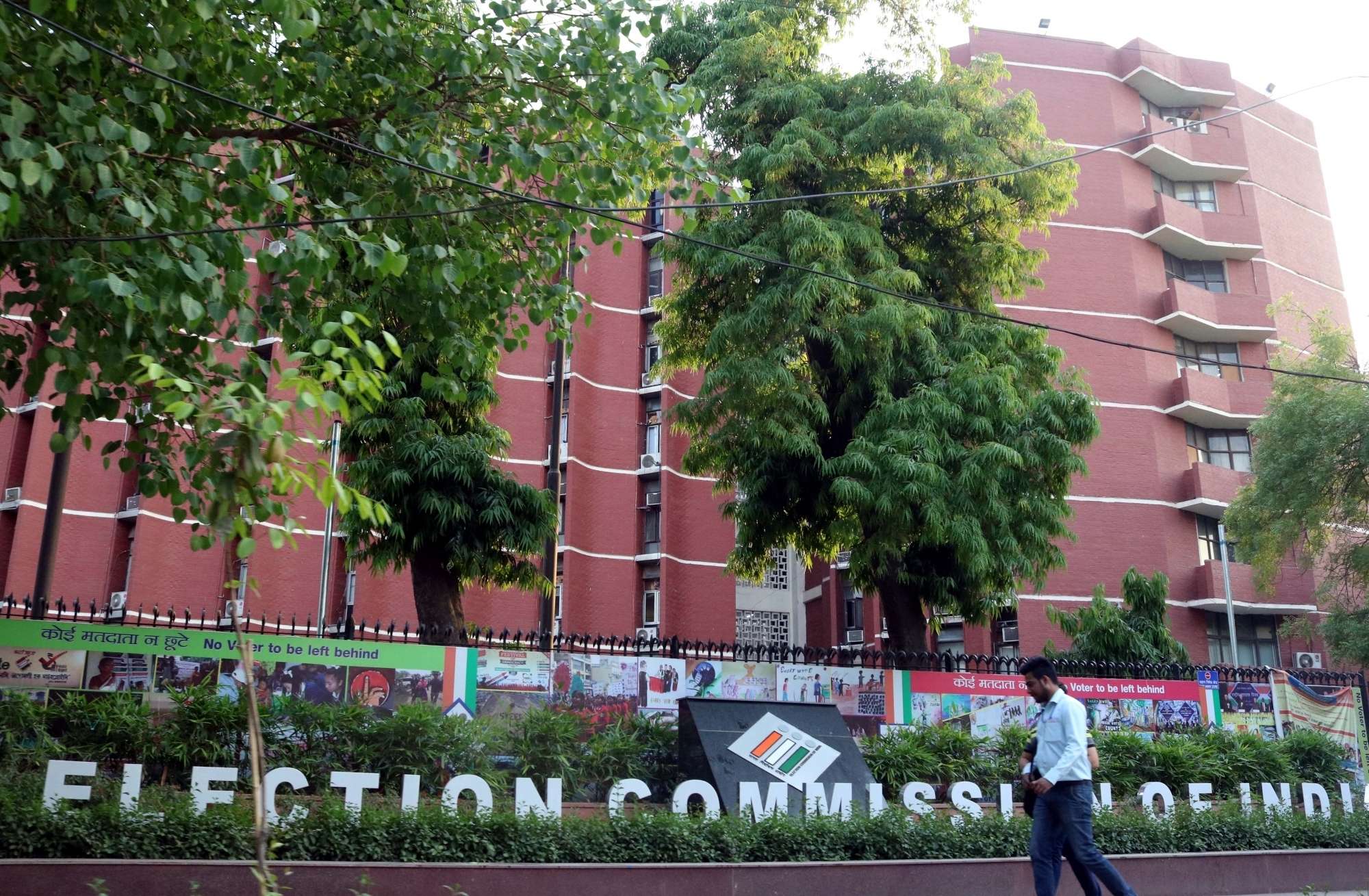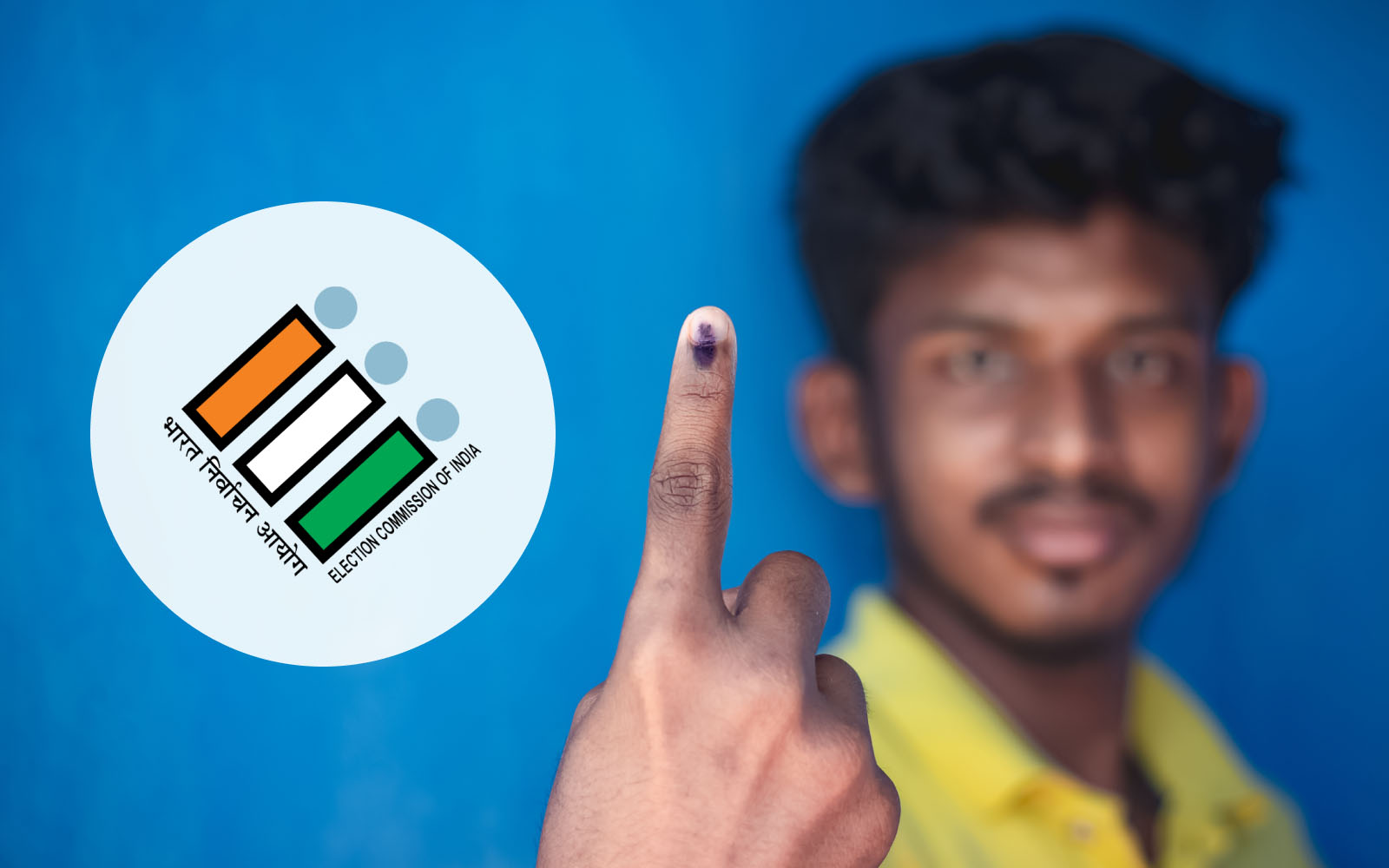All candidates and all political parties have to submit a clear statement of their poll expenditure within 90 days of the completion of the polling to the Election Commission of India (ECI).

It is known that the highest poll body in India, the Election Commission of India (ECI), declared on March 16, 2024, that the entire nation will go to Lok Sabha polling in seven phases in the 18th Lok Sabha polls. With this official press release, the Model Code of Conduct (MCC) has already came into effect, and the polling will be conducted from April 19 to June 1, 2024. However, the counting of votes across the country will be conducted on June 4, 2024.
The Chief Election Commissioner (CEC), Rajiv Kumar, ordered all political parties in the country and their political leaders to strictly follow the Model Code of Conduct (MCC) rules and regulations. It is known that the MCC lays down a full list of dos and don’ts for political leaders and all parties in the ongoing 18th Lok Sabha polls. There is an interesting thing that, apart from the other things, is that the MCC code stops the centre and all state governments from announcing all policy matters and decisions.
It is known that the Model Code of Conduct (MCC) is a set of regulations that are issued by the Election Commission of India to monitor the conduct of all political parties in the run-up to polls. In fact, these rules range from issues regarding poll speeches, polling day, polling booths, portfolios, the content of poll manifestos, poll campaigns, and the normal conduct of the political candidates.

According to the Election Commission of India (ECI), the main aim of the Model Code of Conduct (MCC) is to ensure that poll campaigns, polling procedures, and counting proceed in a structured, fair, transparent, and peaceful manner. According to Article 324 of the Constitution of India, the Model Code of Conduct (MCC) helps the Election Commission of India (ECI) fulfil its mandate of supervising and conducting free and fair polls in the respective States and Union Territories (UTs).
The origin of the Model Code of Conduct (MCC) dates back to 1960, when a small set of rules and regulations for the assembly polls in Kerala were published. After that, the Election Commission circulated this set of rules to all the recognised political parties in the 1962 Lok Sabha polls. In addition to that, the state governments were requested to secure the acceptance of the Model Code of Conduct by the political parties.
The Model Code of Conduct (MCC) is a cornerstone of democratic polls and ensures fairness, transparency, and integrity in the polling process. Meanwhile, the MCC’s success hinges not just on the regulations themselves but on the collective commitment of political parties, candidates, electoral bodies, and the electorate to uphold the spirit of democracy. In fact, the MCC will continue to play a significant role as India marches forward on its journey to strengthen democracy.
Recently, the election expenditure limit for both assembly and Lok Sabha candidates was modified by the Election Commission of India (ECI). It is known that the election expenditure limit refers to the maximum amount a candidate can legally expend on all poll-related activities, such as public meetings, rallies, advertisements, posters, banners, and vehicles. In fact, it encompasses all the costs associated with the much-heated poll campaigning.
In India, the Election Commission of India (ECI) has the full role and responsibility to monitor all election expenditure made for Assembly and Lok Sabha polling, both by candidates as well as their respective political parties. Candidates are restricted to Rs 95 lakh only for Lok Sabha constituencies, whereas the limit stands at Rs 40 lakh only for Assembly seats. Candidates are required to submit their full expenditure report to the Election Commission (EC) within 30 days after the conclusion of an election.

Interestingly, these election expenditure limits are slightly lower for Lok Sabha and Assembly candidates in some smaller states and Union Territories as compared to other states. However, the election expenditure limit stood at Rs 75 lakh, and Rs 28 lakh was allocated for Lok Sabha and Assembly candidates in smaller states and UTs. In fact, there is no maximum expenditure limit for all political parties.
It is known that the Election Commission of India (ECI) often changes the maximum election expenditure limit, and the limit was revised last time in the year 2022. In fact, the last major changes in the election expenditure limit for both Assembly and Lok Sabha candidates were carried out in 2014, and it was again hiked by 10% in 2020. Apart from that, the election expenditure limits were set at Rs 70 lakh for Lok Sabha candidates and Rs 28 lakh for those contesting Assembly seats in the year 2019.
Notably, the Election Commission of India (ECI) formed an expert poll committee to study and observe the cost factors and other poll-related issues and make suitable suggestions and required recommendations. Generally, the expert poll panel or committee had invited all suggestions from all national and state political parties, along with the Chief Electoral Officers and Election Observers. Interestingly, there has been a massive hike in the number of voters and the cost inflation index for the last few years, substantially across the country.
The expert poll panel or committee had submitted its recommendations to enhance the election expenditure limit for both Assembly and Lok Sabha candidates. The poll panel or committee had submitted its recommendations based on a huge demand from several national and state political parties to hike the existing election expenditure limit for both Assembly and Lok Sabha candidates, a hike in voters from 2014 to 2021 from 834 million to 936 million, which is exactly up by 12.23%, and a rise in the cost inflation index from 2014–15 to 2021–22 from 240 to 317, which is exactly up by 32.08%.
The Election Commission of India (ECI) has fixed the election expenditure limit for both Assembly and Lok Sabha candidates for the ongoing 2024 Lok Sabha polls. In fact, both Assembly and Lok Sabha candidates are mandated to follow the rules and spending limits meticulously outlined by the ECI. Interestingly, these strict rules and guidelines aim to foster clear transparency and fairness in the electoral system while curbing excessive poll expenditure occurring in several states and Union Territories.

Let us check a full, comprehensive breakdown of the maximum amounts Assembly and Lok Sabha candidates can allocate for their poll campaigning in their respective constituencies. For all states except Arunachal Pradesh, Goa, and Sikkim, candidates are permitted to expend poll expenditure up to Rs. 95 lakh per candidate in their respective Lok Sabha constituency. Candidates are restricted to a maximum expenditure of Rs. 75 lakh per candidate in their Lok Sabha constituency in the states of Arunachal Pradesh, Goa, and Sikkim.
Interestingly, candidates are restricted to a maximum expenditure of Rs. 40 lakh per candidate in their assembly constituency for the 2024 Andhra Pradesh Assembly polls. Candidates are restricted to a maximum expenditure of 95 lakh per candidate in their Lok Sabha constituency in the Union Territories of Delhi and Jammu and Kashmir. Apart from that, candidates are restricted to a maximum expenditure of 75 lakh per candidate in their Lok Sabha constituency in the reamining Union Territories in India.
The ongoing 2024 Lok Sabha polls are on track to break all previous records, which is likely to become the most expensive electoral battle in the world, according to several poll experts across the country. The chief of the Centre for Media Studies (CMS), N. Bhaskara Rao, revealed that the estimated election expenditure is likely to reach a staggering Rs 1.35 lakh crore, which is exactly more than double the Rs 60,000 crore spent in the 2019 Lok Sabha polls. It is known that the Centre for Media Studies (CMS) is a not-for-profit organisation, and the organisation has been tracking election spending for nearly 35 years.
The chief of the Centre for Media Studies (CMS) stressed that the full comprehensive election expenditure encompasses direct or indirect expenditures related to polls on political parties, candidates, the government, and the Election Commission of India (ECI). Rao emphasised that huge amounts of money flowed into the process through multiple means beyond electoral bonds across the country. Rao also said that the initial election expenditure estimate was revised from Rs 1.2 lakh crore to Rs 1.35 lakh crore, which is factoring in the electoral bond disclosures and accounting for all poll-related expenses.
According to Section 77 of the Representation of the People Act (RPA), 1951, any Assembly or Lok Sabha candidate has a mandatory duty to keep a separate and correct account of all poll expenditure incurred between the date of nomination and the date of declaration of the result. In fact, an incorrect bank account or expenditure report beyond the election expenditure limit can lead to disqualification of the candidate for up to 3 years, according to Section 10(A) of the RPA, 1951.
The Election Expenditure Limit is defined as the amount a particular Assembly or Lok Sabha candidate can legally spend for their poll campaign and has to account for correct data. The election expenditure includes all expenses related to public meetings, rallies, advertisements, posters, banners, vehicles, and other expenditures related to the polls. All candidates and all political parties have to submit a clear statement of their poll expenditure within 90 days of the completion of the polling to the Election Commission of India (ECI).

